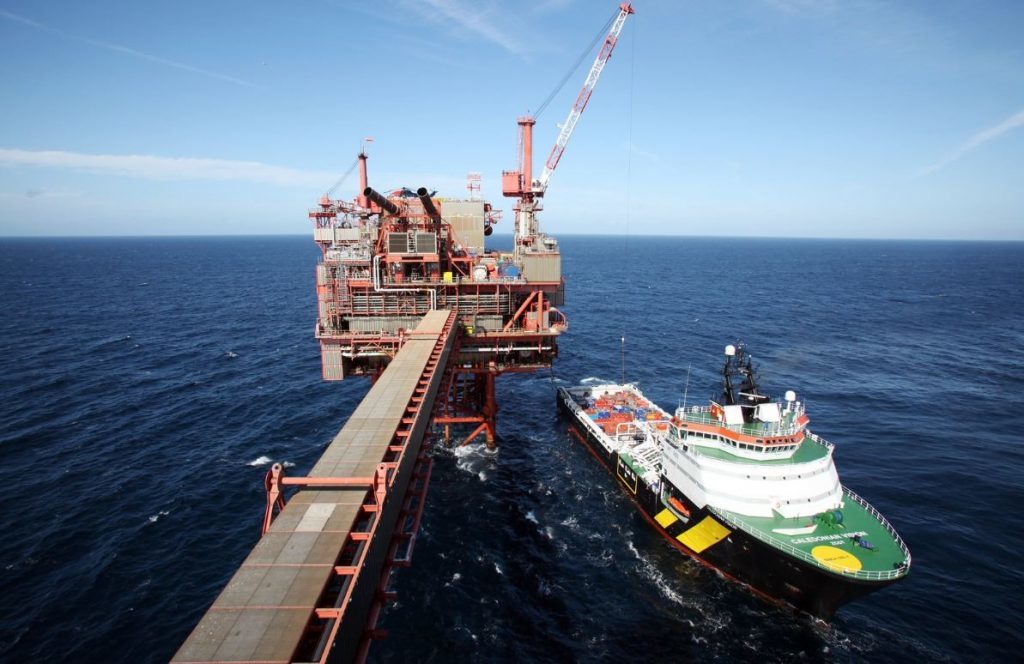
Offshore platform electrification will be the “main key technology” in reducing carbon emissions from oil and gas production, according to a senior academic.
Dr Khaled Ahmed from Strathclyde University is the principal investigator for the Oil and Gas Technology Centre backed project entitled “realising the value of offshore grid access for small pools”.
During a virtual presentation earlier this week, he laid out some of the key findings from the study, including a handful of “architectures”, which can be deployed in the North Sea to reduce the need for open cycle gas turbines, the main power source for most platforms.
Researchers found that one of the most cost effective ways to electrify installations is to develop an offshore hub powered by nearby large-scale wind farms which can in turn supply energy to clusters of platforms.
According to Dr Ahmed, offshore upstream oil and gas operations contributed around 3% of the UK’s total greenhouse gas emissions in 2018.
Chrysaor, the UK’s largest oil and gas produces, has previously said platform electrification is one of a handful of options it’s exploring to reduce operational emissions.
A recent report published by industry regulator the Oil and Gas Authority found that the integration of energy sources could deliver approximately 30% of the UK’s total carbon reduction requirements needed to meet the 2050 net zero target.
It followed a landmark pledge by the UK’s offshore oil and gas industry earlier this year to halve its operational emissions over the next decade, with reductions increasing to 90% by 2040.
And Dr Ahmed says platform electrification will be a vital component in helping the sector hit those targets.
He said: “The majority of the offshore oil and gas installations are of small to medium power demand. No platform is more than 80 megawatts (MW) and the smallest one is 2.5 MW. The majority are between 5 MW and 20 MW.
“Integration with offshore wind farms is the main key technology for the future if operators are looking to decrease their carbon emissions. Developments such as the Viking wind farm can link to Central North Sea platforms, like Buzzard.
“This is a promising option because the cost will be much lower than connecting to onshore, however, the framework, infrastructure and technology is not available right not and getting it up and running is not simple.
“Integration of other energy systems, like hydrogen and carbon capture and storage, is also very important and will be key in coming up with long term solutions for the UKCS.
“These offshore hubs should also be connected other sources, which can minimise the cost of cutting emissions.”
Recommended for you

